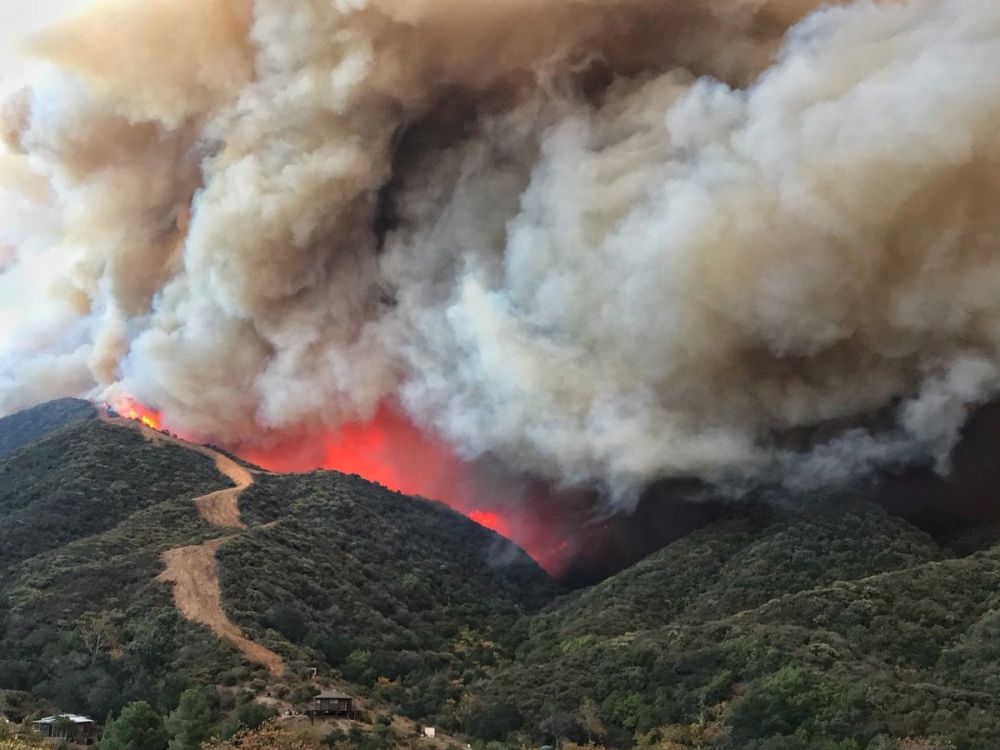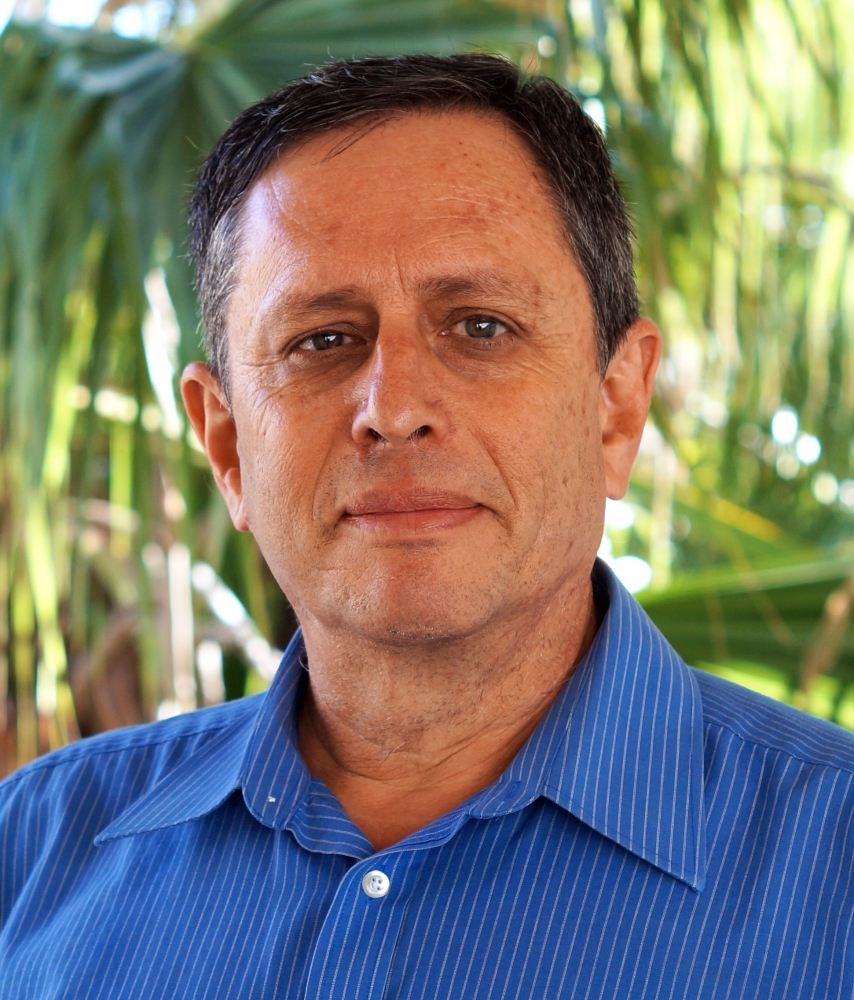
Ashes to Dust

For more than two weeks in December, ash particles swirled like snowflakes across much of Santa Barbara County, blanketing the area in a dusting of grayish-white. N95 particulate masks became a ubiquitous sight as people donned them for respiratory protection, wondering — and worrying — just what those ashes contained.
Now scientists at UC Santa Barbara’s Bren School of Environmental Science & Management can tell us.
A study of Thomas Fire ash collected at 18 points in Santa Barbara, Santa Paula and Goleta reveal a significant metal content — about 20 percent — with the balance likely consisting of common elements such as carbon, silicon, oxygen, nitrogen, sulfur and hydrogen.
“Naturally, many in the community were concerned by our exposure to the ashes and what they might contain,” said environmental biogeochemist Arturo Keller, a professor in the Bren School of Environmental Science & Management. “I thought to myself, ‘We can answer this question quite easily,’ and decided to start collecting ash for analysis.”
Led by postdoctoral scholar Yuxiong Huang, the UC Santa Barbara researchers, including visiting scientists Anastasiia Minakova, graduate student Qian Gao and undergraduate Shogo Kono, focused on 25 elements in total, determining their concentration with a state-of-the-art Agilent instrument that can detect levels at parts-per-trillion. Most abundant were calcium, aluminum, potassium, iron, magnesium, sodium and phosphorus, which together represented 98.6 percent of the metals. Their concentrations were compared to screening risk levels (SRL) for residential soils, which assume a long-term exposure to the soils.
Because most of the ash was removed in the weeks after the fire, most people would not be exposed to these levels. Nevertheless, the SRLs are a useful benchmark. Of these seven most prevalent elements, only potassium was measured much higher than the risk level. As a common plant nutrient, its presence would be expected in residues from combustion of native vegetation. Aluminum and iron came in at 25.4 percent and 31.1 percent, respectively, of the SRL and therefore individually would not pose a risk.
The remaining elements were mostly metals. Cobalt and manganese were the most significant, although still below their SRLs. Arsenic, lead and chromium were about 10 percent or less of their SRLs.
“Although the individual levels of these metals and other elements is below the screening levels, their combined presence in the ash is of concern,” explained Keller, co-director of the UC Center for the Environmental Implications of Nanotechnology and a participating faculty member in the campus’s Chemical Life Cycle Collaborative, funded by the Environmental Protection Agency. “It was very wise to have received early on the recommendation from authorities to avoid being outdoors during the fires and to use the masks to reduce the likelihood of inhalation.”
The UC Santa Barbara investigators also are studying factors that affect water quality. Through collecting and analyzing freshwater and coastal water samples in the area, they will be able to develop a better understanding of the effects of the Thomas Fire and the subsequent mudslides.
“We hope to provide this very useful information to our community and the authorities to better assess any residual risks,” Keller said. His team is exploring options for emergency funding to expand its monitoring efforts and would like to work with nonprofit groups and others who can help with sample collection.



